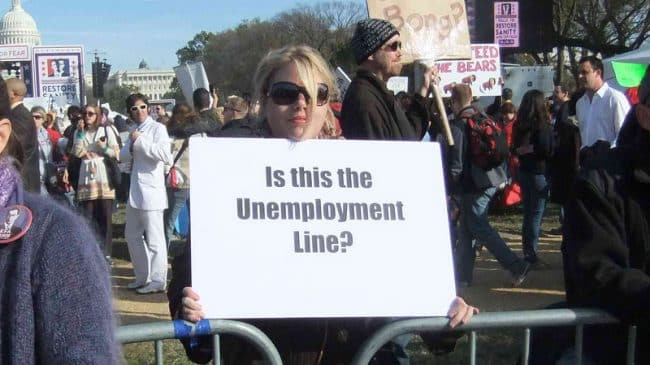The latest interview in Reason Foundation’s Innovators in Action 2014 series focuses on “social impact bonds”-known variously as “pay-for-success” contracts and social innovation financing-a new type of public-private partnership that generally refers to privately financed, evidence-based social interventions delivered by nonprofits on behalf of governments.
In a prototypical social impact bond initiative, philanthropic interests, foundations, financiers and other social investors raise private capital to cover the upfront costs of social interventions-in areas like recidivism reduction or chronic homelessness, for example-to be delivered by nonprofit organizations through performance-based contracts with government agencies. The contracts are designed to shift the financial and implementation risks of these initiatives to the private sector, in that investors only earn their money back if the privately financed interventions hit predetermined outcome targets specified by governments in the contract.
Though most of the action on social impact bonds in the U.S. has thus far occured at the state and local level, Congressman Todd Young (R-Indiana) is one of the early congressional leaders on the subject, having introduced the “Social Impact Bond Act” (H.R. 4885) with co-sponsor Representative John Delaney (D-Maryland) in June. The Act would allow state and local governments to compete for a share of a $300 million federal funding allocation dedicated to social impact bond projects addressing recidivism, long-term unemployment, reduced welfare dependence, child abuse and neglect, and other social challenges currently targeted by federal programs.
Earlier this month, I interviewed Congressman Young on the social impact bond concept, the proposed legislation, the federal role in state and local social impact bond activity, and more. Here’s an excerpt:
Leonard Gilroy, Reason Foundation: There’s been growing interest and adoption of “pay-for success” contracting (a.k.a. social impact bonds) at the state and local level in recent years. What attracted you to the concept?
Indiana Congressman Todd Young: For me, it started at the ground level. Like so many congressional districts around the country, I represent a district where I encounter vulnerable and at-risk Americans on a regular basis. As I learned more about many of the federal government programs that they receive that help sustain these populations and aim to improve their lives, I discovered that the results are suboptimal in many cases, to put it charitably.
I think we can do a lot better. That suspicion was reinforced as I started to read about and visit various nonprofits and religiously-affiliated groups-and even some for-profit entities-that are out there figuring out creative ways to significantly improve outcomes for what are believed to be intractable social pathologies.
So I began asking members of staff to research what the evidence base was for many of our federal government programs, and we discovered so many instances in which the evidence base was non-existent with regard to various federal programs and pilot programs that had occurred in the past. Or, outcomes were hard to locate or unclear in terms of the results that had been achieved. That needs to change.
I also believe that we need to engage in more pilot programs with high-quality evaluations to figure out exactly what works across different populations and geographies within this social realm. And we need to scale up what does work.
With all of that said, we have to figure out where those resources are going to come from. The social impact bond (SIB) model-which has already been implemented in the United Kingdom and to a limited degree at the state and municipal levels in the United States-seems to provide a very appealing alternative to just throwing government money at things. It creates a market of sorts within the social realm to scale up evidence-based interventions to improve lives and improve outcomes, first and foremost.
Secondly, because the government only spends money when those lives and outcomes are demonstrably improved, it will save taxpayer dollars in the short term in some instances, and in the medium and long term in other instances. It also shifts the risk of implementation of certain interventions from the taxpayers to the nongovernmental sector, whether that’s philanthropists or capitalists.
On all of those fronts, I find the social impact bond model appealing.
Check out the full interview here. Other articles featured in the Innovators in Action 2014 series are available here.

